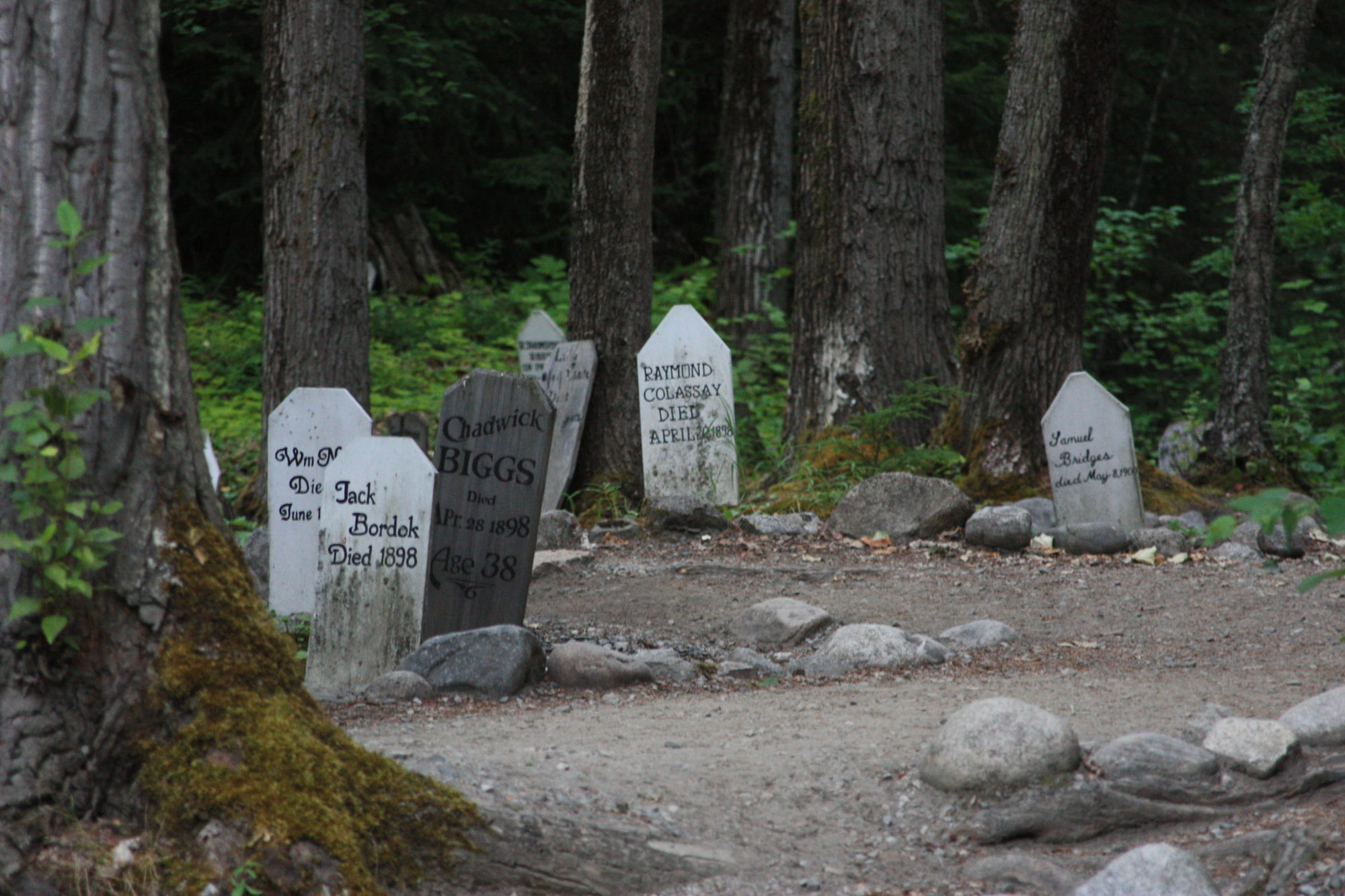
Justin Woodward Harding was born on December 19, 1888 and died on August 15 1972. He was a Major in World War One. He was appointed U.S. Attorney in 1921 for the First District in the Alaska Territory and later in 1927 as U.S. District Judge. And it is here that he became an Alaskan Hero. Here is the story that started on December 7, 1929 (that other infamous day in history):
“Irene Jones was a young girl, born of mixed Tlingit and white heritage. She lived in the City of Ketchikan, Alaska. In 1929 at the age of twelve, she tried to attend her local public school. She had all of the qualifications of children, who are entitled to admission and are admitted to the public school under Alaskan law. Irene was in fact a very bright and engaging student. She started attending classes at the Ketchikan school [seen above] on September 3, 1929, and was a delight to her new teacher. However, two days later she arrived at the doors of the school, to find Superintendent Anthony E. Karnes waiting for her with his arms folded and a serious expression on his face. She was sent home by Karnes on the grounds that she was of Indian descent and that she and “all of her kind should go to the Indian school”. Her parents, William Paul and Nettie Jones, made numerous pleas to the Ketchikan School Board, but to no avail. On September 10, 1929 they filed a suit on Irene’s behalf for her to be admitted to the local public school.
In 1905 Congress established a territorial school system in Alaska to provide education for “white children and children of mixed blood who lead a civilized life”. Based on this law, the legislature of Alaska established a system of free schooling for children within its jurisdiction and did not make a distinction in regard to race or color. The 1905 congressional act also mandated that education of the Eskimos and Indians in Alaska remain under the direction and control of the U.S. government, Secretary of Interior, Bureau of Indian Affairs. The City of Ketchikan established a school system where white and mixed blood students attended schools together. However on December 7, 1928 the Ketchikan School Board adopted a resolution that modified this system. This rule said that the Ketchikan School Board would accept only those students in its locality “who are not acceptable to the United States Bureau of Education”. This meant that the School Board would no longer accept any child of Indian or Eskimo descent, including those of mixed blood.
Irene Jones’ attorney argued that the School Board violated rights provided Irene under the 14th Amendment. He presented evidence which showed that Mr. A. E. Karnes, the Superintendent of Ketchikan School District, led the effort to pass the December 7, 1928 School Board resolution to prevent children of native descent from attending Ketchikan schools. Mr. Karnes was also reported to have said to Irene: “We will get rid of all the other Native children too.” Irene’s attorney also gave other examples which showed that a school district could not override the laws of a state legislature or Congress. As a result, federal district judge, Justin W. Harding, ruled that the Ketchikan School Board had discriminated against Irene Jones and its December 7th resolution was not valid. In his final decision on November 29, 1929, Judge Harding ordered that Irene be admitted to the public school and that the School Board pay her attorney’s fees.”
And as for Karnes? Well, in 1939 he was promoted to Alaska’s Commissioner of Education, according to “A History of the Nome, Alaska Public Schools:1899 to 1958 From the Gold Rush To Statehood”, a thesis by John Poling. Karnes later retired to California and died in 1970 in Lake Elsinore.
from the court case, National Archives in Philadelphia online: Irene Jones v. R. V. Ellis et al.









